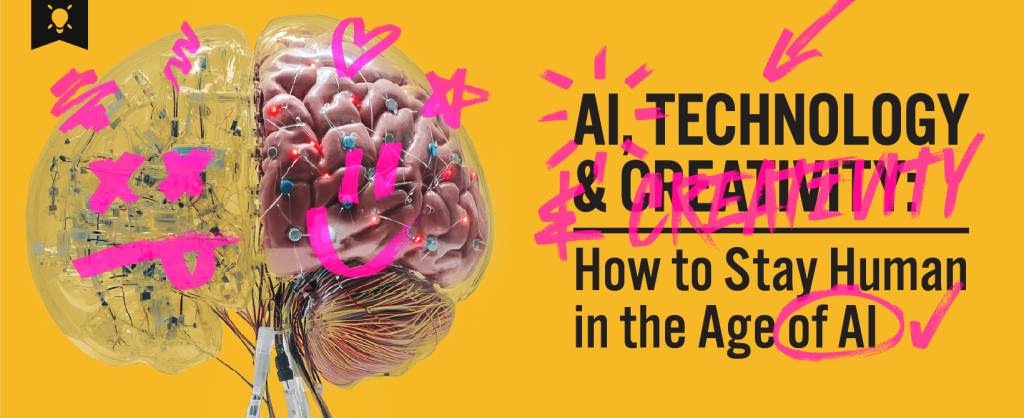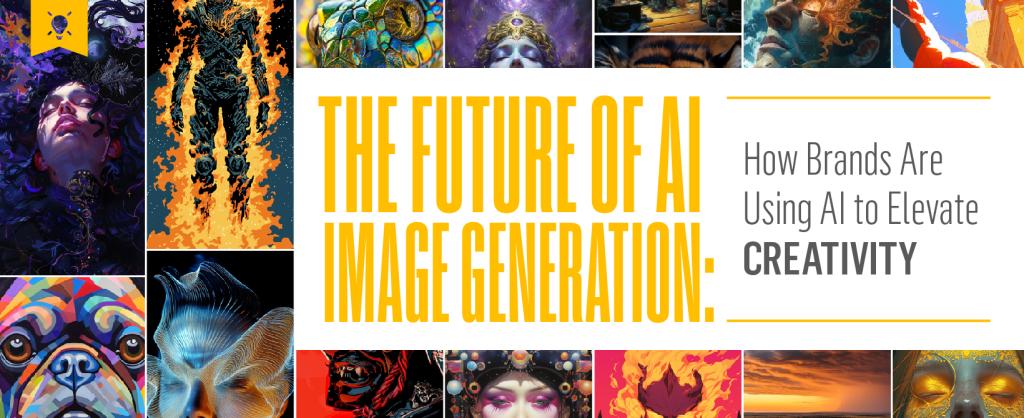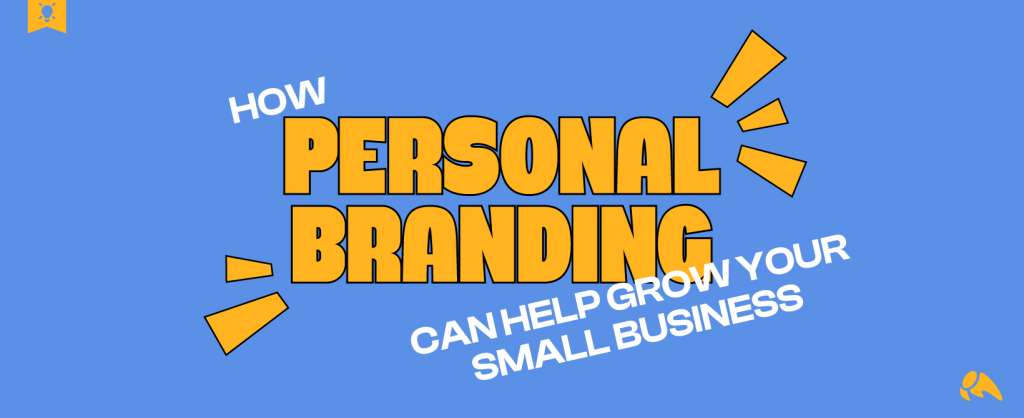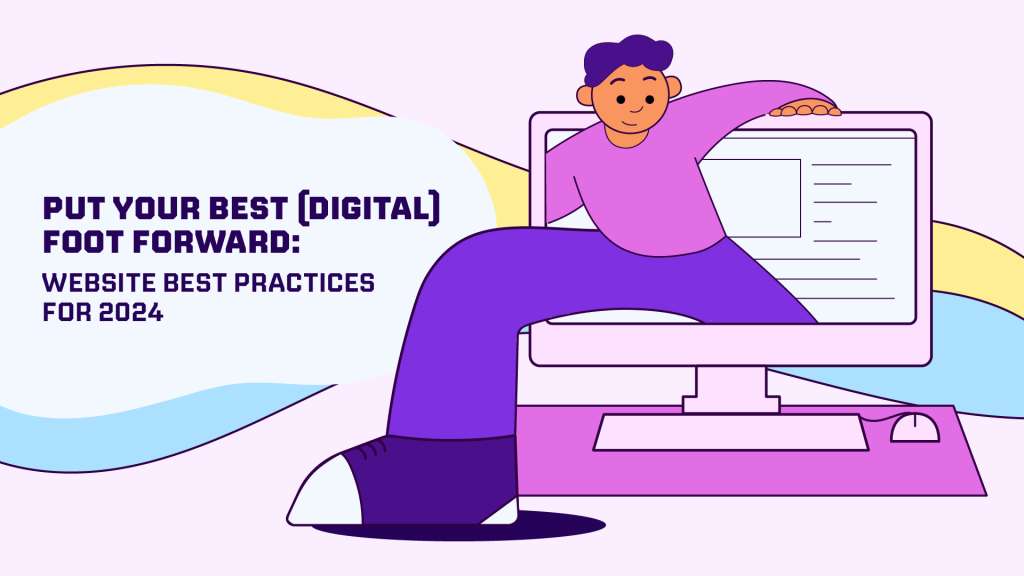The process of designing and developing website and applications is changing. Tools and skillsets are always pushing forward, and the old way of doing things doesn’t cut it anymore.
The traditional methodology has many names. Some call it the waterfall, implying the project is like water, flowing down through each department until completion. This is kind of naive, and obviously doesn’t allow anyone to go back upstream for any reason, ever. Others call it an assembly line, in which each department is handed something, does something to it and passes it on to the next department. This would be fine if we were assembling toys or building cars according to factory specifications, but we’re not- we’re working with people. I prefer to think of this process as a funnel. There are a number of people who issue requests and all of them bottleneck at the end of the process, which is development.
There are some advantages to this way of doing things. It has a logical progression, from specifications to design to development to launch. It’s easy for project managers to organize and for Gantt charts to describe, and it’s very easy for clients to follow. It’s also easy to outsource any particular phase. If outsourcing is your thing.
Unfortunately there are a lot of disadvantages to this methodology. How do you handle change requests? You can’t climb back up the waterfall. You can’t restart the assembly line. Change requests create issues with the schedule, which affect the deadlines, and can cause lots of lost work hours. Because everything is handed off to the next department, nobody really knows anything about the decisions that were made before they got it, or what the end result is. This means the team isn’t working together, isn’t sharing knowledge and it means your employees have no input in what they are creating. This waterfall process also creates a lot of friction between departments, because, as I said, no one has any input on what the other departments are producing. It’s not collaborative, and it should be.
These days design and development are working together. This means that developers are included in the design process, offering suggestions about functionality and keeping the content management concerns in mind. It means that designers are working on one page at a time, while the developers build one page at a time. Change requests are handled mid-process, on the fly.
Lots of things have led to this change in how things get made on the web. Many print designers have learned how to code, even if it’s just basic HTML and CSS. Young designers are taking on web programming as part of their web design education. Developers are picking up UX/UI concepts, learning from their co-workers in design and becoming better communicators. Designers and developers are tearing down the wall between them, and the process by which they work needs to adapt.
In traditional web project processes, when design has a completed product that the client has approved, they hand the entire thing off to development. At this point, design is done and development is just getting started. But when design and development work together, they work through one page template at a time. Designers learn about handling dynamic data, and can adjust and improve the designs before they go to the client for approval. As development implements things, designers can guide and react to prototypes and finished products. This creates a higher quality result.
Development is usually the end of the process. When they are included from the beginning they learn more about the client, the branding, and the project. Developers who understand the goals of the project can tailor implementation to better meet these needs. They can offer suggestions on technical issues early on, which can be handled by design long before they become problems. Developers learn why designers make the decisions they make, what they are trying to accomplish with each element, and this improves implementation. This creates a higher quality result.
How’s your design/development process? Are they working together, learning from each other, helping each other make a better product? Give it a shot on a smaller project. You can change the process faster and adapt as necessary.







